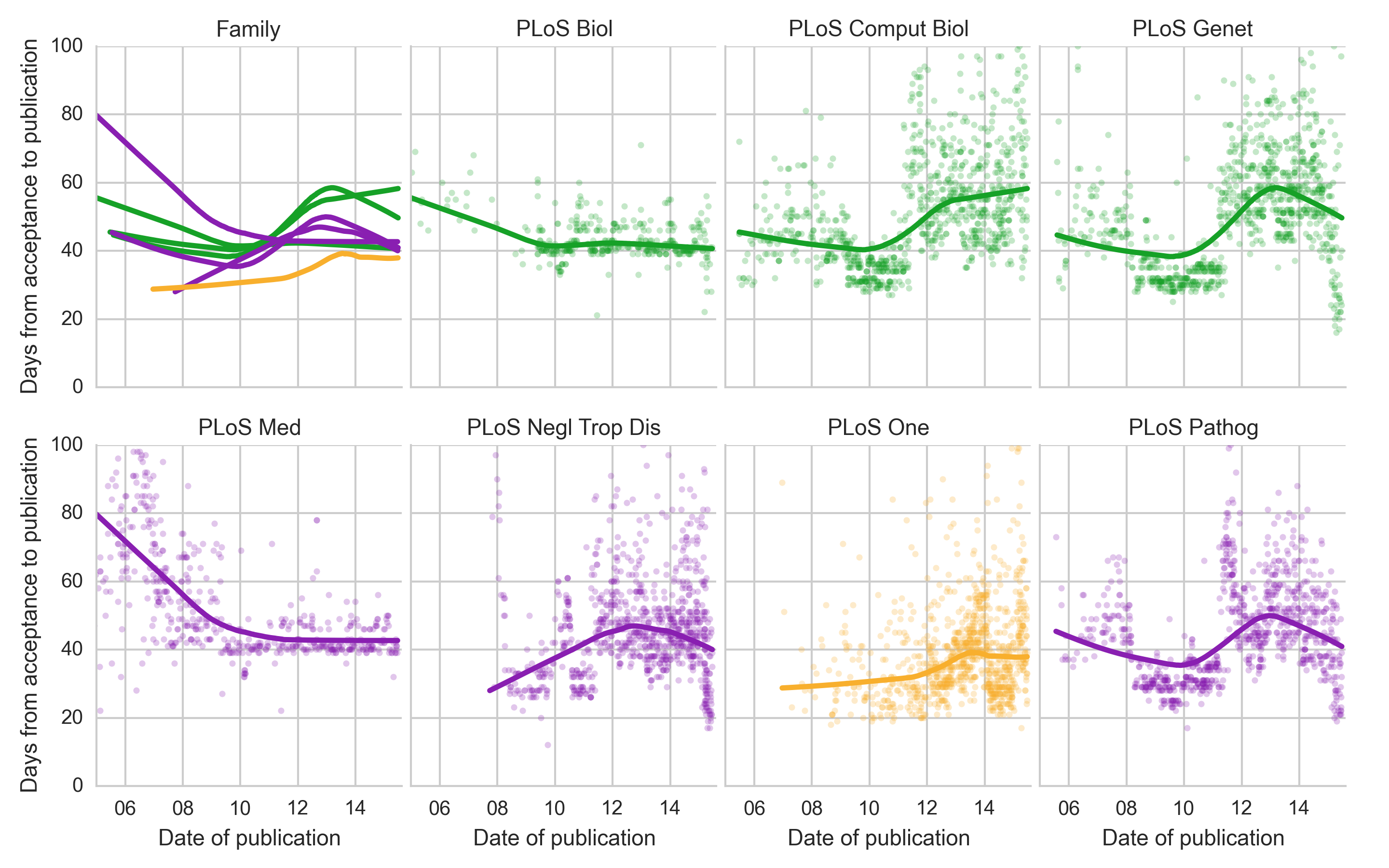The next person that says “Linux Containers will solve all our problems” is going to get taken out back and shot. This is a surefire way to make me instantly believe that you don’t actually understand anything about containers or the real issue of deploying and operating distributed systems at scale.
Source: The Curious Case of Linux Containers — Medium



